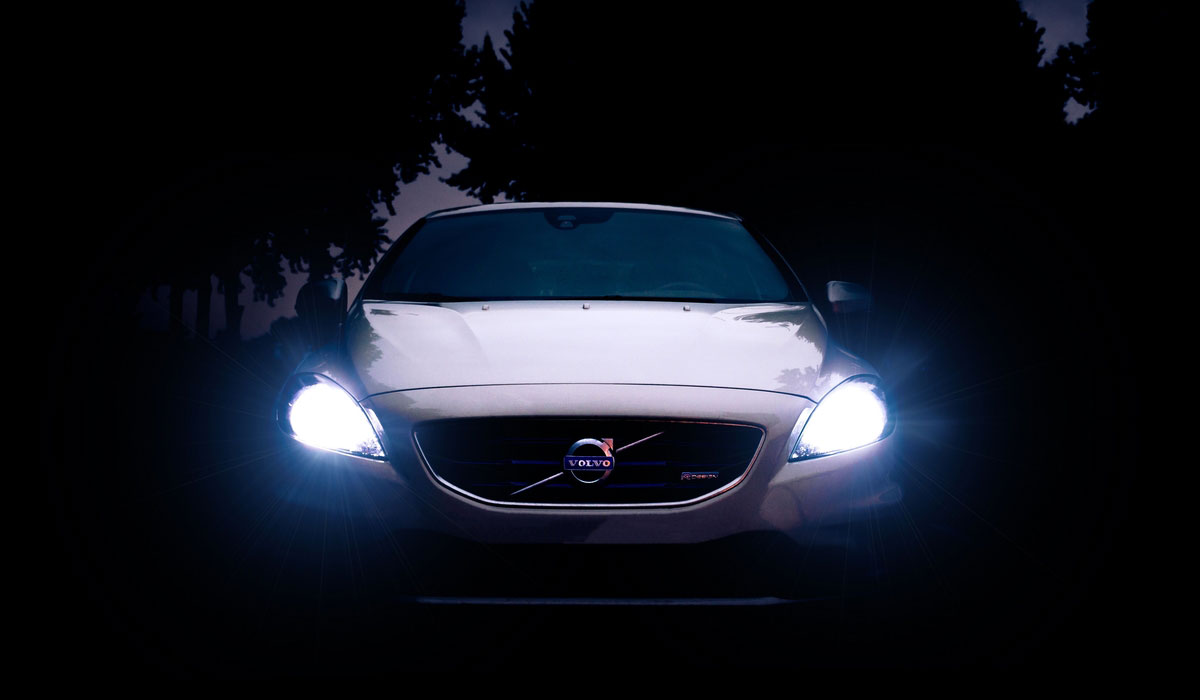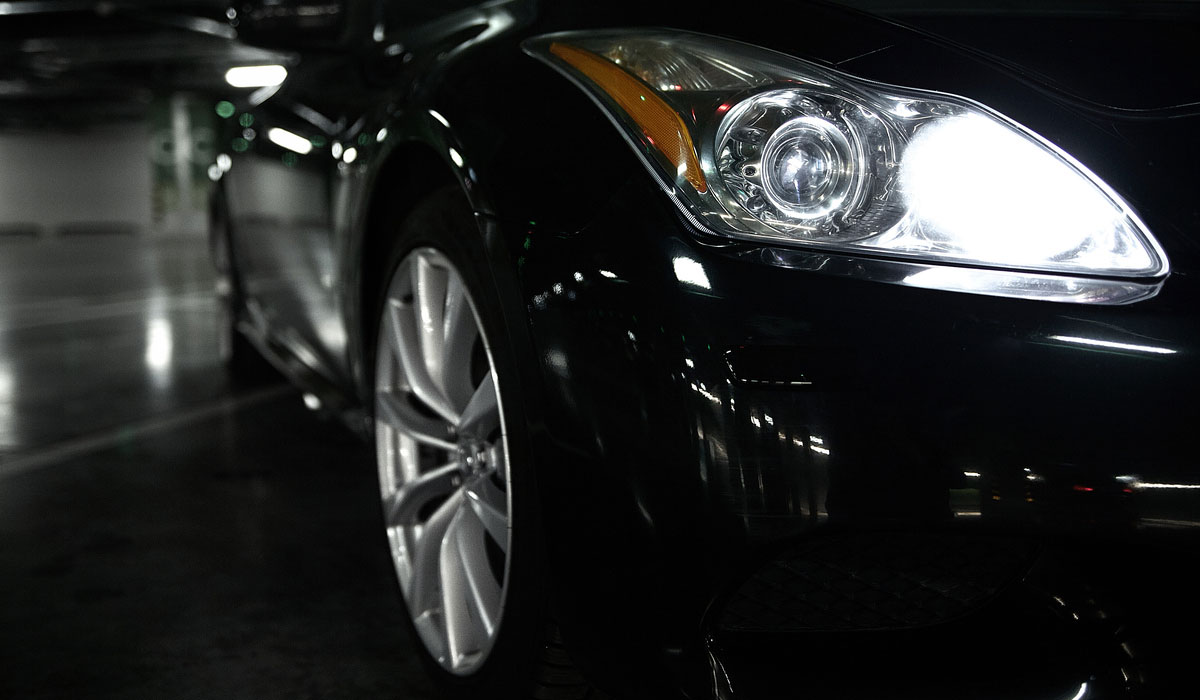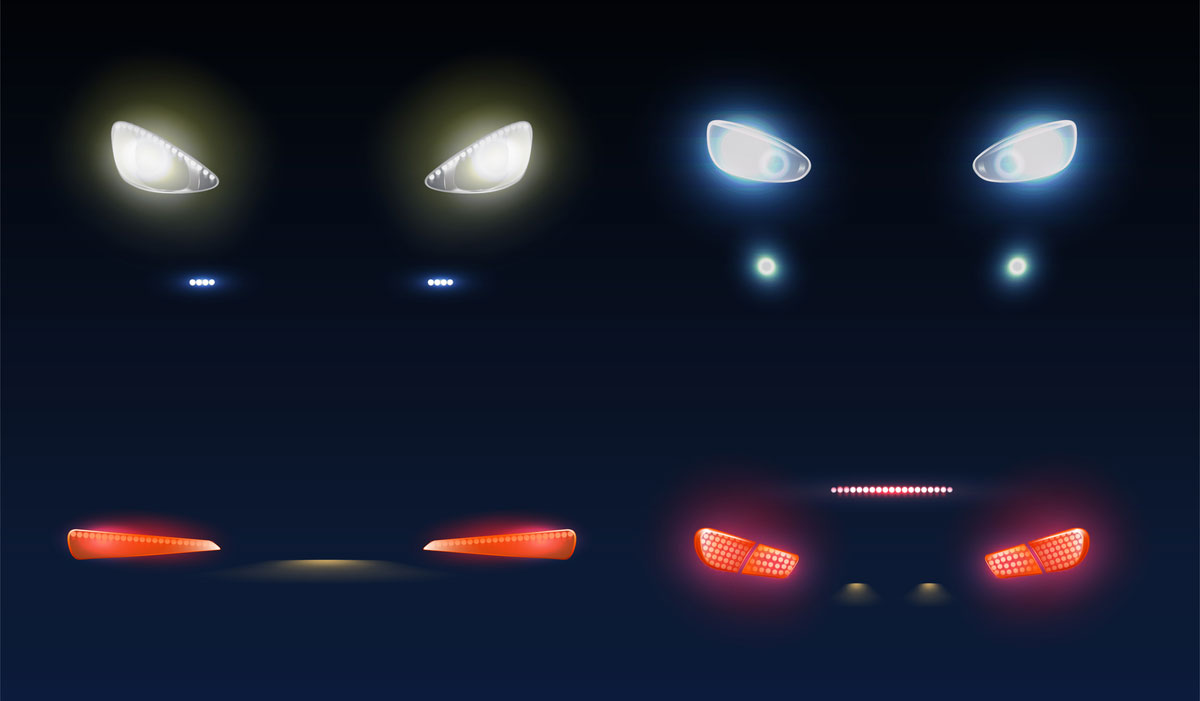How to Choose the Right LED Headlights For Your Vehicle

Choosing the perfect LED headlights for your vehicle is a bit of a task. After all, there are so many LED headlight brands on the market.
At this stage, you’re probably wondering what specifications to look out for. Knowing what specs to check for will give you a better idea of what you need.
Generally, the following are the most important things to consider when choosing the best headlights for your vehicle:
- Compatibility
- Brightness
- Color temperature
- Cooling system
- Beam pattern
- Installation
To help you make an informed decision, let’s dive into the nitty-gritty details:
-
Compatibility
The right choice for your vehicle largely depends on compatibility. It’s not just about picking any LED headlights that look good; you need to ensure they fit your specific car model. Look out for the following in your vehicle’s owner’s manual:
Bulb Size and Shape: LED headlights come in various sizes and shapes. To find the perfect fit, check your vehicle’s manual or consult an expert. Common bulb sizes include H1, H4, H7, 9005, and 9006. Make sure the LED bulb matches your existing one.
Base Type: Different vehicles have different bases for their headlight bulbs. Check if your car uses a P13W, H11, or other base type. Select LED headlights with the corresponding base to ensure a proper connection.
Canbus Compatibility: Some modern vehicles have Canbus systems that monitor the status of your lights. If your vehicle is one of those, your LED headlights should be compatible with its Canbus system. This prevents error messages or flickering that can occur if the system doesn’t recognize the LEDs.
Housing and Dust Cover Fit: Ensure the LED bulbs fit within your headlight housing and can be sealed with the dust cover. An improper fit could lead to moisture entering your headlights, potentially damaging the bulbs and other components.
Use an online bulb finder
To spare yourself the hassle of checking for everything above, use an online bulb finder. Many LED headlight retailers or manufacturers have this on their sites.
You just have to enter your vehicle’s make, model, and year, and the tool will bring up a list of compatible LED headlights.
-
Brightness

When checking for brightness, you want to look for lumens. This unit of measurement determines how bright a LED light is.
You shouldn’t just go for the brightest headlights you can find. Also consider the potential glare for other drivers and the brightness limits in your region.
Lumen Output: Lumen Output: The number of lumens a bulb produces directly affects its brightness. Most standard LED headlights range between 2,000 and 4,000 lumens, while very bright ones may hover between 6,000 and 10,000 lumens upwards.
Of note: Headlight bulb manufacturers sometimes advertise a lumen rating of 12,000. This is actually the combined rating for both bulbs, so each bulb has 6,000 lumens.
Adjustability: Some LED headlights come with adjustable brightness settings, allowing you to fine-tune your light output. This feature can be handy when driving in different conditions, from well-lit city streets to pitch-black rural roads.
Beam Control: Consider LED headlights with well-designed reflectors or projectors that focus the light in a specific pattern. Proper beam control maximizes visibility and prevents glare for oncoming traffic.
-
Color Temperature

Your LED headlight’s color temperature is basically the hue of your vehicle’s lighting. The hue you choose may affect your level of visibility.
Color Temperature Range: LED headlights come in various color temperatures, typically measured in Kelvin (K).
- Lower Kelvin values (around 3,000K) produce a warm, yellowish light.
- 4,300K: warm white light
- 5,000K: pure white light
- 6,000K: cooler, bluish-white light.
- 8,000K upwards: bluish light.
Higher color temperature ranges provide better visibility at night, but it starts to hit a point of diminishing returns at 8,000K, as bluish light doesn’t provide the best visibility (even if it looks really cool).
Road Legality: Check the regulations in your area. Some jurisdictions have rules regarding the color temperature of headlights, primarily to prevent glare and maintain road safety.
-
Beam Pattern
Different beam patterns cater to specific driving needs and preferences.
Flood, Spot, and Combo Patterns: Flood patterns provide a wide, even spread of light, making them suitable for urban or off-road driving. Spot patterns offer a more focused and intense beam, ideal for speeding and long-range visibility. Combo patterns combine both flood and spot patterns.
Low, High, and Fog Beams: Low beams provide a wide and lower-angled beam for standard nighttime driving, while high beams offer maximum illumination for dark, open roads but should only be used when no oncoming traffic is present. Fog lights, situated low on the vehicle, emit a wide beam designed to cut through adverse weather conditions like fog or rain.
Reflectors vs. Projectors: Some vehicles use reflector-style headlights, while others have projectors. Projectors tend to provide better beam control and are often considered superior for use with LED headlights. However, if your vehicle has reflectors, choose LEDs designed for reflector housings for the best performance.
-
Cooling and Heat Dissipation
Energy efficiency is a major advantage of LED headlights, but this efficiency generates heat. Proper cooling is essential for your headlights to last.
Heat Sinks: Many LED headlights feature heat sinks. These are metal structures that help dissipate heat away from the LEDs. This type of cooling is not the best choice for high-powered LEDs or hot environments.
Cooling Fans: Some LED headlights use cooling fans. Fans are effective, especially for managing high-LED temperatures, but they generate noise. They are also more likely to fail or require maintenance.
-
Installation
Some headlights can be installed DIY, while others are best left to the pros. You can go DIY to save money on installation, but be sure you’re buying something you can install yourself.
Plug-and-Play vs. Retrofitting:
LED headlights often come in plug-and-play designs that make installation straightforward. These are the ones you get when going DIY.
However, some vehicles require retrofitting, which involves tweaking your headlight housing for proper fitment. Retrofit headlights look cooler but are best left to the professionals to install.
What are the LED Headlight Laws in Your State?

Lighting can upgrade your vehicle’s look, but you can’t just buy any LED headlights you like. Different regions have specific regulations covering aspects like color temperature, brightness limits, and lighting modes, i.e., transitioning between high and low beams.
For instance, blue and flashing lights are prohibited in Wisconsin and most of the United States.
Only go for LED headlights approved by the Department of Transportation (DOT) or the Society of Automotive Engineers (SAE). Make sure to also familiarize yourself with the headlight laws in your region.
